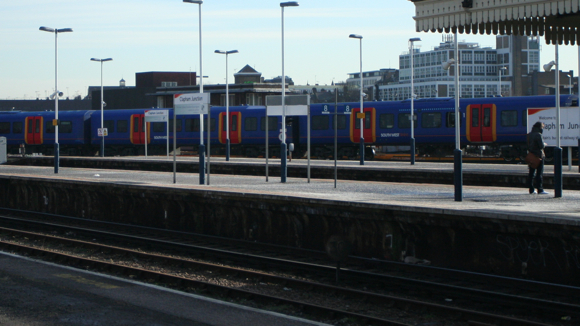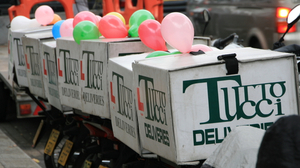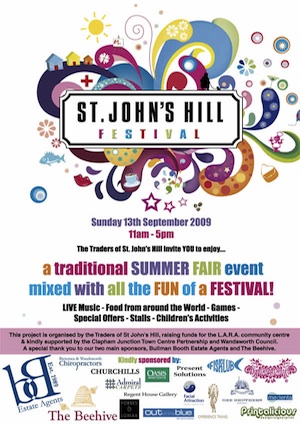 Almost five years ago the council launched its ten point plan for Clapham Junction. It was one of those things that was more aspiration than anything. The council had little control over the implementation of most of the ten points, but it did form a great basis for lobbying by creating a coherent vision of what Clapham Junction could be with the implementation of some small, and some not so small, changes; the council had a powerful voice because it was arguing not just for some ill-defined investment, but a series of deliverable improvements.
Almost five years ago the council launched its ten point plan for Clapham Junction. It was one of those things that was more aspiration than anything. The council had little control over the implementation of most of the ten points, but it did form a great basis for lobbying by creating a coherent vision of what Clapham Junction could be with the implementation of some small, and some not so small, changes; the council had a powerful voice because it was arguing not just for some ill-defined investment, but a series of deliverable improvements.
And the council has had some great successes:
- Clapham Junction is on the extended Tube map (albeit as London Overground)
- There are new routes, like the West London Line
- The East London Line is scheduled to take passengers to and from Stratford in time for the Olympics
- Lifts are being installed on all platforms
- A new entrance is being built, with council investment, at Brighton Yard
- Oyster is accepted at the station
It’s a superb example of how the council can still shape the area, even through is doesn’t necessary have total control over everything in its patch.
But despite all this the station was still named the country’s second worst. So now the council has published its new ten-point strategy:
- Complete the East London Line extension to Clapham Junction, to interchange with the West London Line, creating an orbital rail route around London.
- Connect Clapham Junction to the Underground by bringing forward the long delayed Crossrail 2 project and an extension to or connection with the Northern Line at Battersea Power Station.
- Open a new station entrance to St John’s Hill, in Brighton Yard, to reduce overcrowding and provide step-free access to the platforms.
- Improve the station environment and facilities.
- Provide new rail services to Heathrow and Gatwick Airports.
- Improve the routes between the town centre and the station, and declutter the areas outside the station.
- Improve interchange between rail and bus services, with taxis and for cyclists.
- Increase the capacity of the station by lengthening platforms and improving access routes.
- Improve train frequencies with more Metro-style ‘turn up and go’ services on local lines and all long-distance services calling at the station.
- Improve public transport information, convenient ticketing and signage.
It will be fascinating to see the results over the next few years.
 St John’s Hill Festival
St John’s Hill Festival The first St John’s Hill Festival takes place this Sunday (13 September). The event will take place from 11am to 5pm on the pavements and in participating shops on St John’s Hill between Plough Road and Marcilly Road.
The first St John’s Hill Festival takes place this Sunday (13 September). The event will take place from 11am to 5pm on the pavements and in participating shops on St John’s Hill between Plough Road and Marcilly Road.